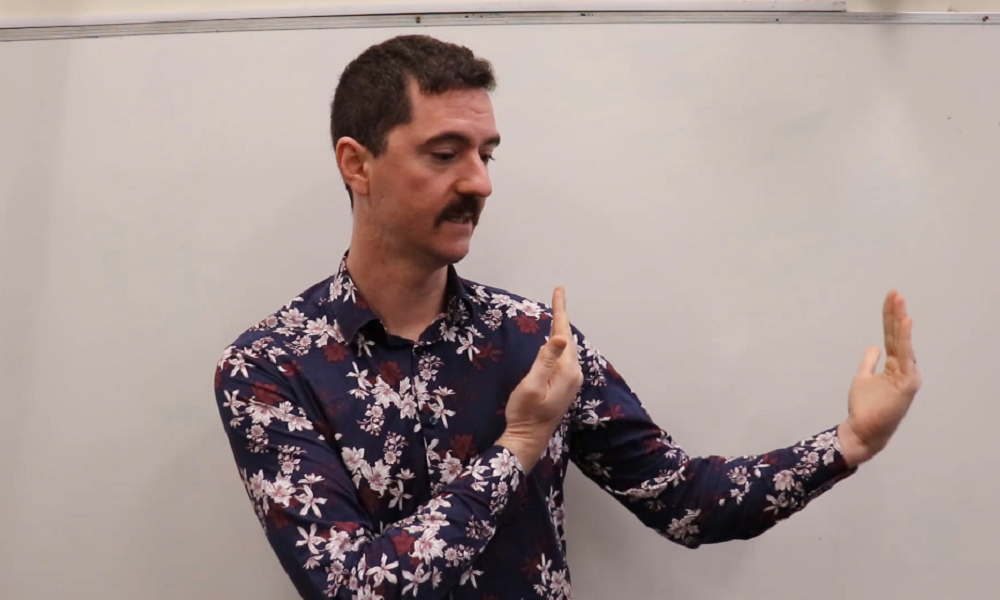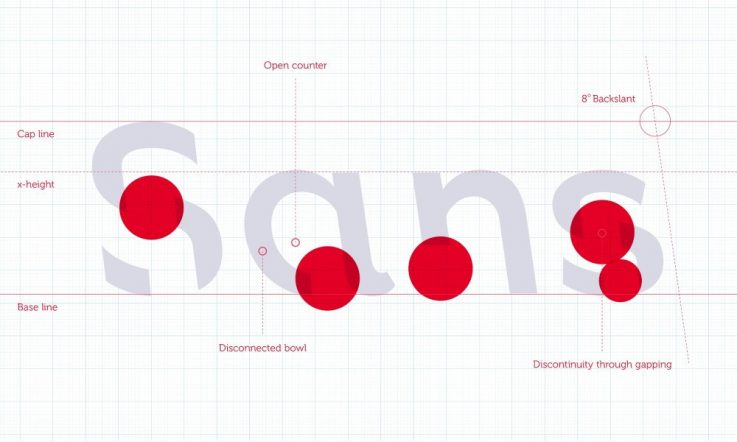In his first video for Teacher, English and English Language teacher, Steven Kolber, shares how teachers can encourage their students to learn with dance as a physical memorisation technique, to assist with the memorisation of important concepts.
‘I think that all teachers should be memory masters. So I’m in the process of trying to upskill in that respect,’ he shares in the video. ‘Essentially, if I said to you, “what memorisation strategies do you use?” I can almost guarantee most of them would be linguistic or written – so it would be acronyms, mnemonics, getting students to write things out, maybe do some highlighting, some re-reading, those sort of things. Some of those, we know, aren’t as effective as others.’
Kolber says physical memorisation strategies can be a simple and effective strategy for helping students to memorise concepts by coming up with physical manifestations and representations of the concepts. In the video, he shares an example of how you can teach students to make up a ‘TikTok-style’ dance.
‘This is really useful because in an examination … you can’t bring books, you can’t bring notes … but they’ll always have their body. They’ll always have their arms, their legs, their limbs, and ideally, also their memory of these series of actions they’ve used to memorise this concept or a series of concepts that you’ve taught them.’
WATCH VIDEO
In this video, Steven Kolber says many teachers rely on helping students memorise important concepts with the use of linguistic memory techniques. With a colleague, reflect on the important concepts associated with an upcoming teaching unit.
What strategies are you planning to employ to help students memorise these for an assessment? Have these strategies worked effectively in the past? What impact do you think physical memory techniques might have?



